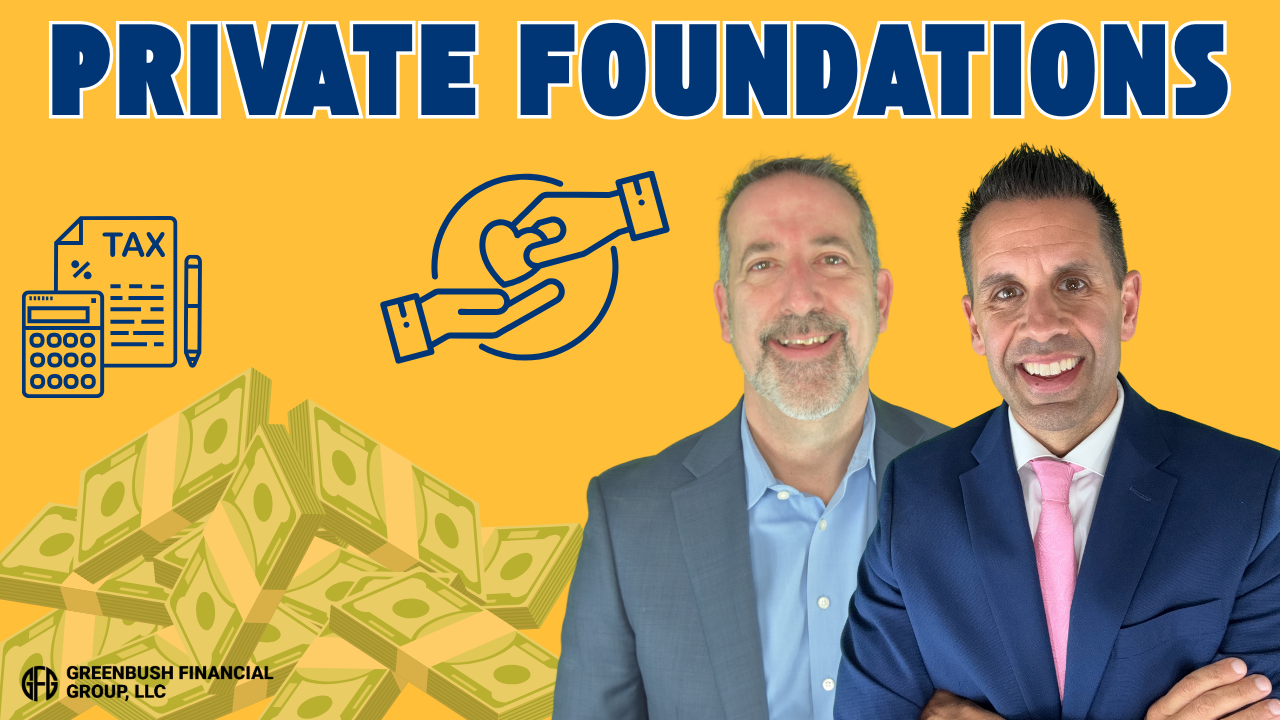Changes to 2016 Tax Filing Deadlines
In 2015, a bill was passed that changed tax filing deadlines for certain IRS forms that will impact a lot of filers. Not only is it important to know the changes so you can prepare and file your return timely but to understand why the changes were made.
In 2015, a bill was passed that changed tax filing deadlines for certain IRS forms that will impact a lot of filers. Not only is it important to know the changes so you can prepare and file your return timely but to understand why the changes were made.
Summary of Changes
IRS Form Business Type Previous Deadline New Deadline
1065 Partnership April 15 March 15
1120C Corporation March 15 April 15
NOTE: The dates in the chart above are for companies with years ending 12/31. If a company has a different fiscal year, Partnerships will now file by the 15th day of the third month following year end and C Corporations will now file by the 15th day of the fourth month following year end.
Why the Changes?
The most practical reason for the change to filing deadlines is that individuals with partnership interests will now have a better opportunity to file their individual returns (Form 1040) without extending. Form K-1 provides information related to the activity of a Partnership at the level of each individual partner. For example, if I own 50% of a Partnership, my K-1 would show 50% of the income (or loss) generated, certain deductions, and any other activity needed for me to file my Form 1040. The issue with the previous Partnership return deadline of April 15th is that it coincided with the individual deadline. This resulted in partners of the company not receiving their K-1’s with sufficient time to file their personal return by April 15th. With Partnerships now having a deadline of March 15th, this will give individuals a month to receive their K-1 and file their personal return without having to extend.
The deadline for Form 1120, which is filed by C Corporations, was also changed with this bill. Where the Form 1065 deadline was cut back by a month, the Form 1120 was extended a month. C Corporations, for tax purposes, are treated similar to individuals whereas they pay taxes directly when they file their return. Partnerships are not taxed directly, rather the income or loss is passed through to each individual partner who recognizes the tax ramifications on their personal return. For this reason, the deadline for Form 1120 being extended a month has little impact, if any, on individuals. The change gives C Corporations more time to file without having to extend the return.
S Corporations are another common business type. The deadlines for S Corporation returns (Form 1120S) were not changed with this bill. S Corporations are similar to Partnerships in that K-1’s are distributed to owners and the income or loss generated is passed through to the individuals return. That being said, Form 1120S already has a due date of March 15th, the same as the new Partnership deadline.
Extension Deadlines
IRS Form Business Type Deadline
1040 Individual October 15
1065 Partnership September 15
1120 C Corporation September 15
1120S S Corporation September 15
Extension deadlines were not immediately changed with the passing of the bill. Although Partnerships previously had the same filing deadline as individuals, the deadline with the filing of an extension was a month before. This was necessary because if a Partnership did not have to file an extended return until October 15th, individuals with partnership interests wouldn’t have a choice but to file delinquent.
The one change to the extension chart above set to take place in 2026 is the C Corporation extension being changed to October 15th.
Summary
Overall, the changes appear to have improved the filing calendar. This may be a big adjustment for Partnerships that are used to the April 15th deadline as they will have one less month to get organized and file. For this reason, you may see an increase in 2016 Partnership extensions.
About Rob……...
Hi, I’m Rob Mangold. I’m the Chief Operating Officer at Greenbush Financial Group and a contributor to the Money Smart Board blog. We created the blog to provide strategies that will help our readers personally , professionally, and financially. Our blog is meant to be a resource. If there are questions that you need answered, pleas feel free to join in on the discussion or contact me directly.
How Should I Incorporate My Business?
Starting your own business is an incredible achievement, and for most, your business will shape your life not only professionally but personally. That being said, setting up your business in the correct way and having the necessary pieces in place day one is extremely important.
Starting your own business is an incredible achievement, and for most, your business will shape your life not only professionally but personally. That being said, setting up your business in the correct way and having the necessary pieces in place day one is extremely important.
Here we will discuss some of the different options for structuring your business which is just a piece of the business infrastructure. We will define the structure as well as give some details such as tax filing. It is recommended you speak with a professional (accountant/attorney) when making this decision as incorporating a business the wrong way may have ramifications like paying more in taxes. Constant communication with a professional about your business as you start to make money and grow is also recommended as the structure of your company may have to evolve.
Sole Proprietorship
This is the most basic type of business structure. There is one owner of the company that is responsible for the business assets and liabilities. No formal action is needed to set up a sole proprietorship. Once business activities commence and you are the only owner, you are a sole proprietor. That being said, there are still registration, licenses, and permits that are generally required which vary based on industry and location.
A sole proprietorship is not separate from the owner for tax purposes and therefore the business activity is included on Schedule C of Form 1040. It is important to know that the owner is responsible for paying all the taxes related to owning a sole proprietorship which includes estimated taxes, if necessary.
The biggest pitfall of a sole proprietorship is that there is unlimited liability. This means the owner is personally responsible for any liability of the company.
Partnership
A partnership includes multiple owners (partners) and can be set up a number of ways. The three types of partnerships include general partnerships, limited partnerships, and joint ventures. Choosing the type of partnership depends on matters such as the participation of each partner in the business and length of time the partnership will be in place.
Partnership agreements are not legally required but are highly recommended as they should document how decisions will be made, the responsibilities of each partner, how profits and losses will be divided, and ownership changes.
To form a partnership, you must register with your state and include the legal name of the partnership. This will allow you to obtain an Employer Identification Number (EIN) for the company. The licenses, permits, and other regulations associated with forming a partnership depend on your location and industry.
Unlike a sole proprietorship, a partnership files a separate tax form (Form 1065). This form is known as an information return as the income shown on Form 1065 passes through to the owners who claim the income on their personal return. There are local excise taxes and other fees that the partnership will be responsible for but the income of the company is passed through to the owners. Form 1065 generates what are known as K-1's for each partner. The K-1 will show what the partner should claim on their personal return.
Advantages of partnerships include multiple sources of additional capital, a shared financial commitment, and the individual skills and experiences of each partner. Pitfalls include unlimited liability, disagreements between owners, and shared profits.
Corporation
A corporation is typically more complex and meant for larger companies with multiple employees. Unlike sole proprietorships and partnerships, corporations are treated as its own legal entity separate from the owners. Forming a corporation requires more filings and registrations and they are typically more costly to administer due to the complexity.
Since corporations are treated separate from individuals, they are required to pay federal, state, and local (if necessary) taxes. For federal purposes, Form 1120 is used to show the activities of the business and pay income tax.
Unlike sole proprietorships and partnerships, individuals are protected from corporate liabilities usually up to the amount they have invested in the company. This structure makes it easier to generate capital for the business and it is possible to become publically traded on a stock exchange. Pitfalls of a corporation include the amount of time and money it takes to set up and administer the corporation and potential double taxation. The corporation pays income tax and then distributes profits (in the form of dividends) to owners. Those dividends are now taxable to the individual after they were already taxed at the corporate level.
S Corporation
An S corporation is similar to a C corporation but is taxed at a personal level and avoids double taxation. The S Corp election passes through income to the owner's personal tax return rather than taxing the corporation and then the individual's dividends.
It is important to determine whether or not your corporation will be eligible to qualify as an S Corp under IRS regulations. A business must first register as a corporation and then file Form 2553 (signed by all owners) to apply for S Corp status.
Form 1120S is used to file taxes at a federal level. Again, S Corp income is passed through to the owners for federal tax purposes. Some states recognize this election but others (like New York) do not and will tax the company as a C Corp.
Limited Liability Company
An LLC provides limited liability features associated with a corporation with the same tax and operational efficiencies of a sole proprietorship or partnership. Owners of a corporation are not personally responsible for the liabilities of a company like sole proprietorships or partnerships.
Forming an LLC is similar to forming a partnership including choosing a business name, registering with the state (filing the "Articles of Organization"), obtaining necessary licenses and permits, and creating an operating agreement (similar to the partnership agreement). New York State also requires you to announce your LLC formation in a local newspaper.
An LLC can be structured similar to a sole proprietorship (single member LLC), a partnership, or an LLC filing as a C Corporation for tax purposes. The same filings will be completed as if the LLC was a sole proprietor, partnership, or corporation. A special election can also be made with the IRS allowing an LLC to be treated as an S Corp in some circumstances.
The main advantage of an LLC is that members are protected from personal liability for business decisions and actions. If provisions are not documented in the operating agreement, one of the pitfalls of an LLC is that when one member leaves, the LLC must dissolve completely. The remaining members can create a new LLC if they choose to continue operations.
About Rob.........
Hi, I'm Rob Mangold. I'm the Chief Operating Officer at Greenbush Financial Group and a contributor to the Money Smart Board blog. We created the blog to provide strategies that will help our readers personally , professionally, and financially. Our blog is meant to be a resource. If there are questions that you need answered, pleas feel free to join in on the discussion or contact me directly.



























































